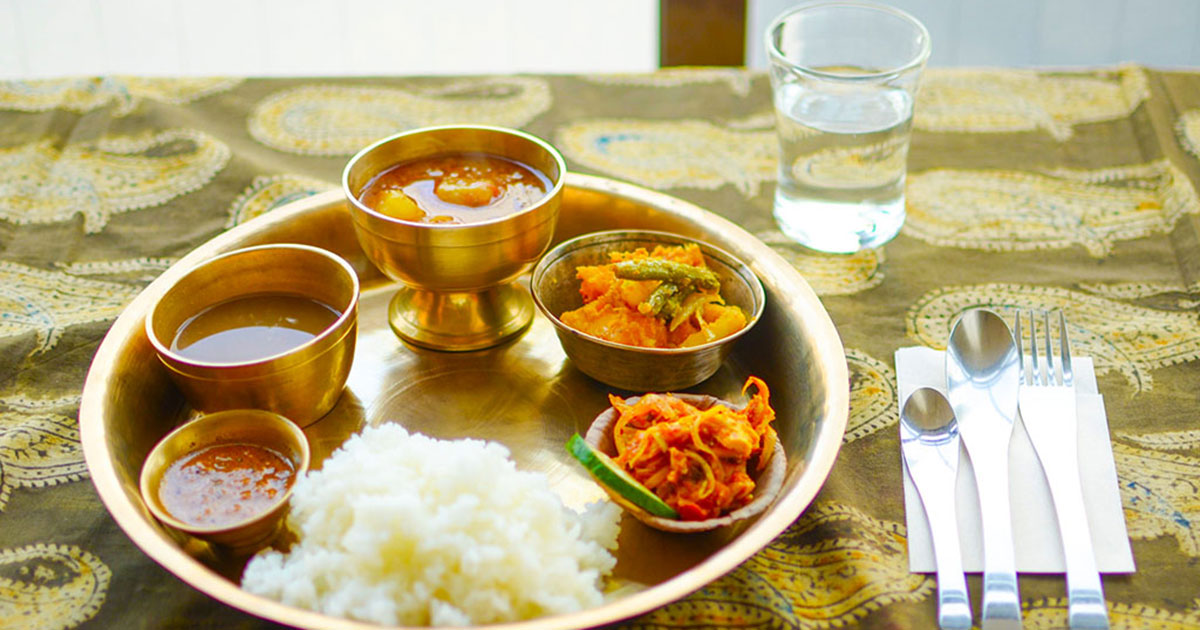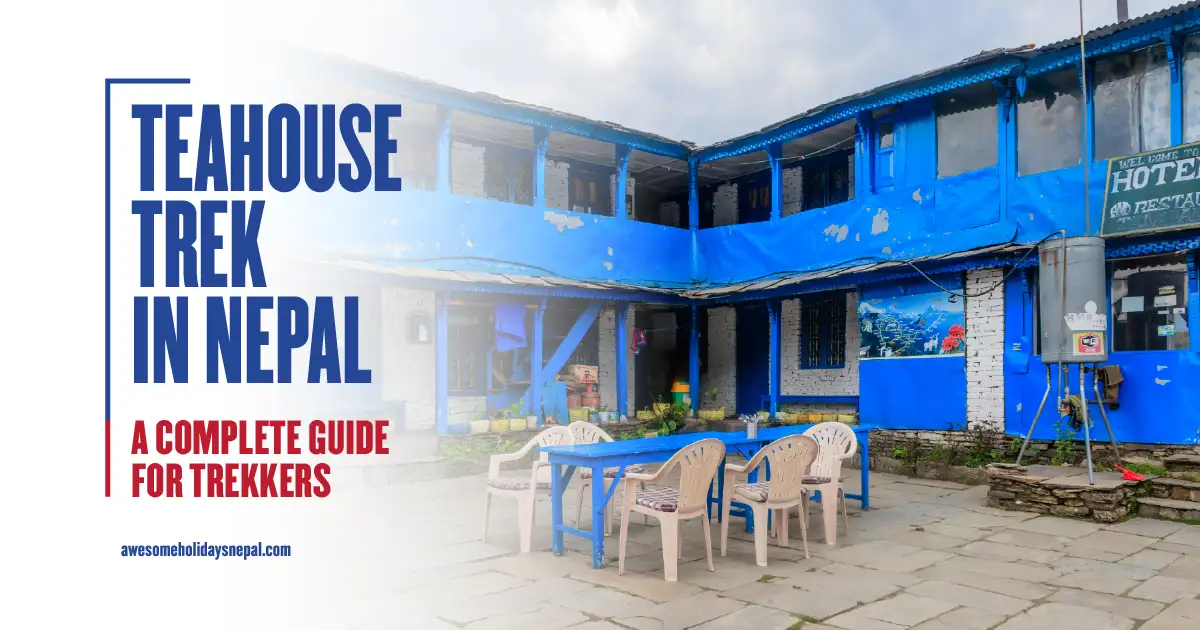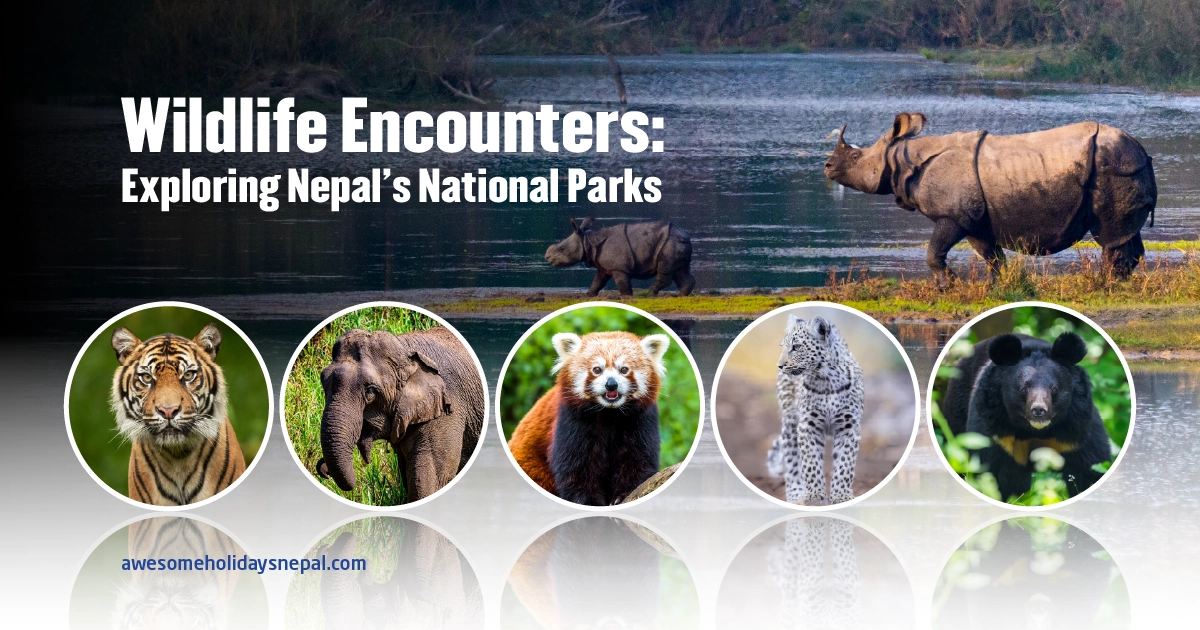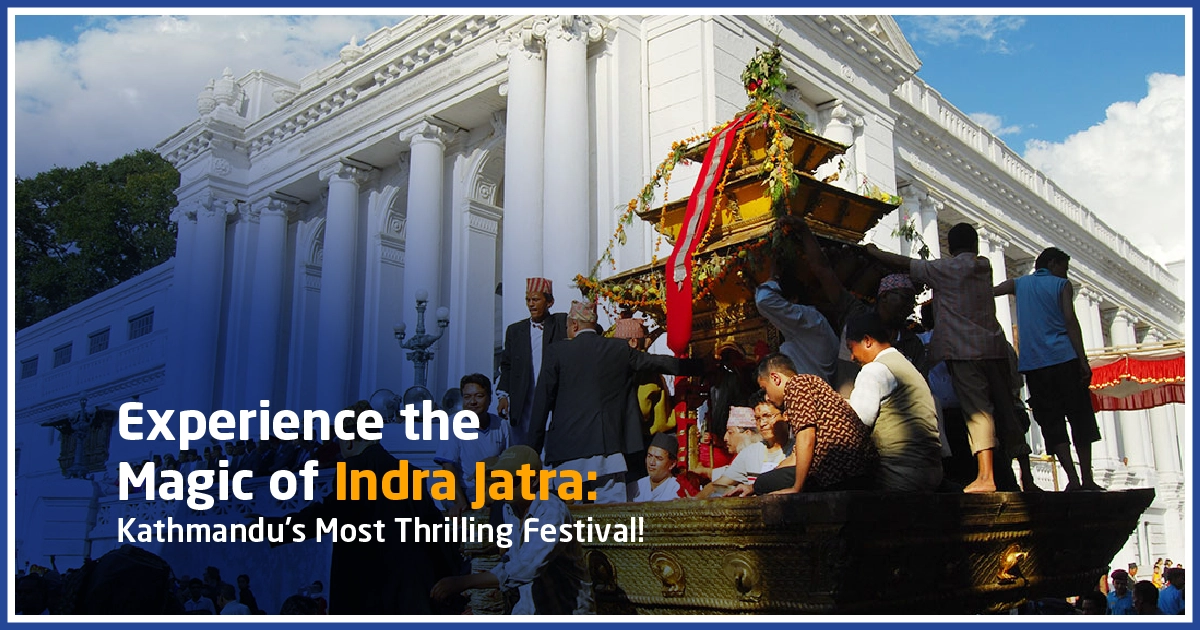A Culinary Guide: Best food in the Everest Region
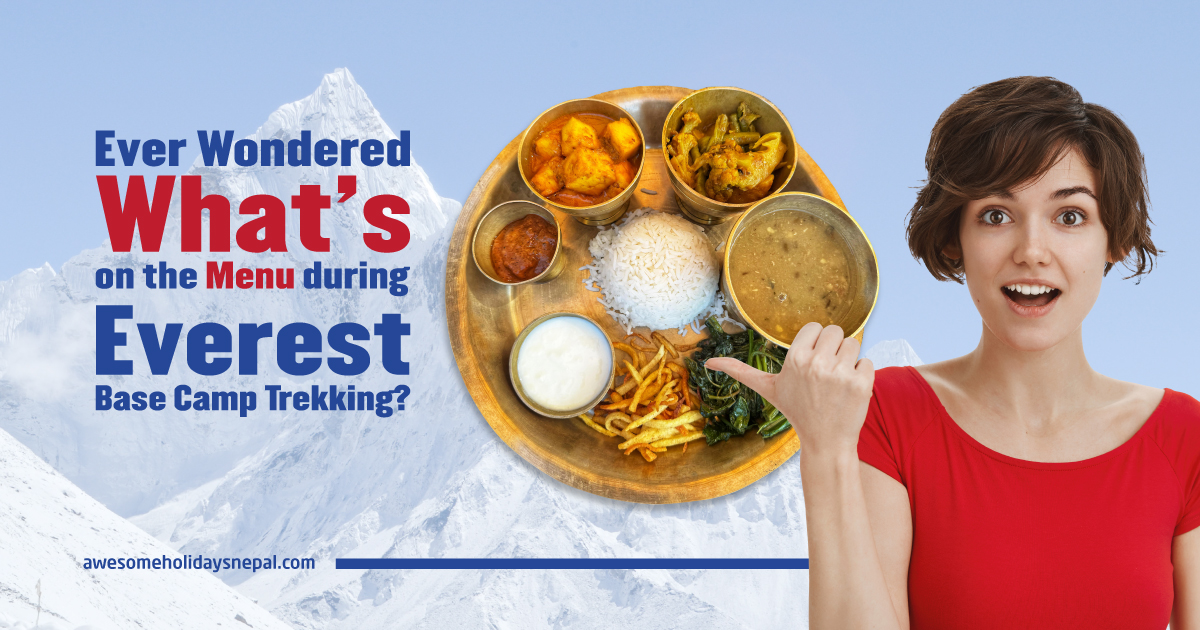
Trekking in the Everest region is a dream adventure where food plays an essential role in a trekker’s journey. A well-balanced diet in the Everest region ensures stamina, helps to adapt to the changing altitude, and provides warmth in the cold air.
In spite of the remoteness of the region, here’s the choice of the best food is limited and comes with a certain expectation. This blog is made for you to go through the best food in the Everest region, precautions, and what to expect from meals along the trail.
What to expect: food in the Everest region.
Before setting out on your trek, you must know these facts regarding food, availability, quality, and quantity. Here’s what you need to be aware of:
The choice is limited as we ascend.
Teahouses and lodges along the trail offer a mix of local Sherpa cuisine and familiar international dishes like pasta, pizza, and porridge. However, due to the high altitude and logistical challenges, you won’t find the same level of variety or freshness as in city restaurants.
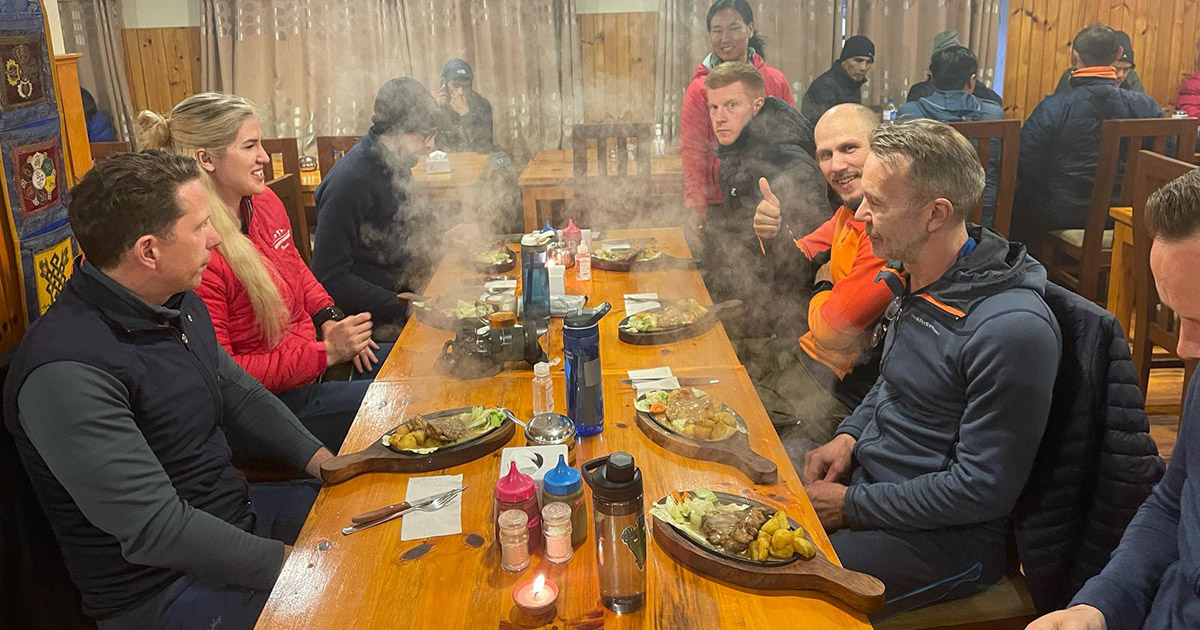
The price of the food rises with altitude.
The food also becomes more expensive as we move up. The resource becomes limited, and all the food is to be carried by porters or yaks. A plate of dal bhat that costs NPR 400 in Namche Bazaar might cost NPR 900 at Gorak Shep.
The foods are simple and use local cooking methods
The foods in the Everest region are cooked using a simple gas stove or local firewood. Refrigerators are seldom used there. Few modern services are available in Namche, which again becomes rare above Namche Bazar.
Choices of the Best Food in the Everest Region
For an optimal trekking experience, devouring the right food is key. Nutritional value, energy provided by them, and availability matter a lot during the high-altitude trekking.
Here is a brief description of the best food in the Everest region:
Breakfast: A Strong Start
A good morning starts with a good breakfast that fuels your trek for the day ahead. The best options for breakfast in the Everest region include:
- Tibetan Bread:
- Porridge
- Pancakes with Honey
- Sherpa Tea (Butter Tea)
- Eggs
Also, there are various options for bread, such as,
Fresh Baked Bread
- Cheese toast
- French toast
- Ham cheese sandwich
- Honey toast
- Jam toast
- Plain toast
- Tibetan bread
- Toast bread (jam, peanut, or honey)
- Toast bread with egg and cheese
- Toast with baked beans
- Tomato cheese sandwich
- Tuna veggie cheese sandwich
- Vegetable cheese sandwich
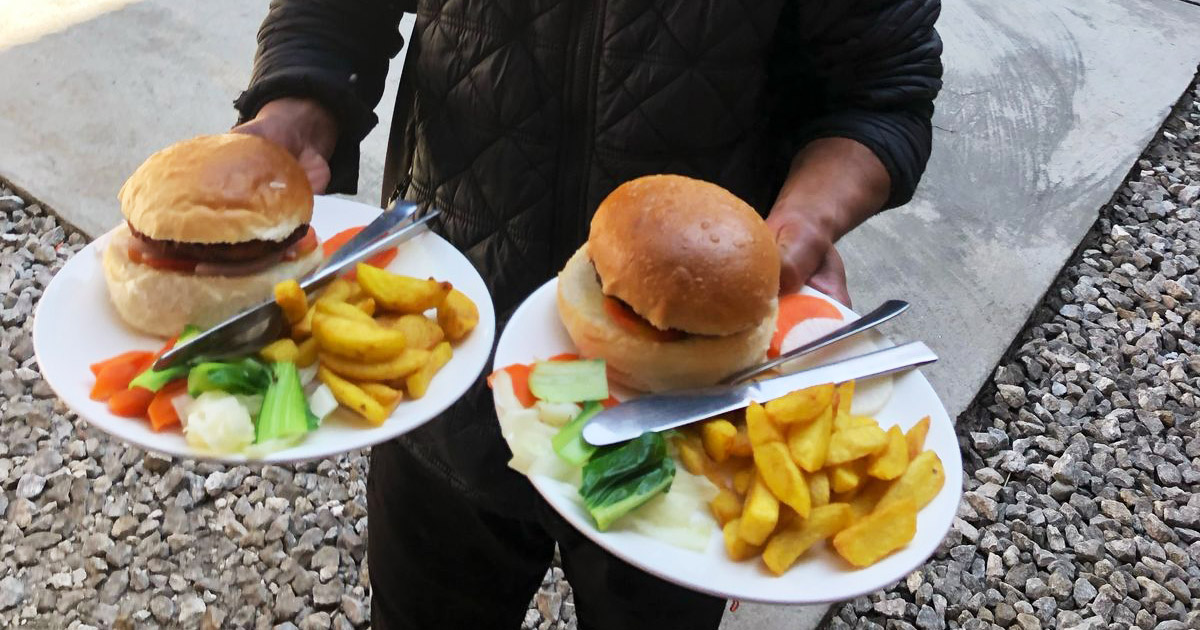
Choice of Eggs
- Boiled eggs
- Cheese omelets
- Fried eggs
- Mix omelet
- Plain omelets
- Scrambled eggs
- Tomato omelet
- Veg omelets
Lunch & Snacks for Trekkers
After hours of trekking, a highly energetic and tummy-filling meal is essential for recovery. Trekking at high altitude burns a lot of calories. Hence, lightweight and nutritious options are preferred. Some of the popular snacks on Everest include:
- Dal Bhat: The classic Nepali dish of lentil soup, rice, vegetables, and pickles provides the best energy boost.

Dal Bhat - Thukpa (Sherpa Stew Noodle Soup)
- Vegetable Fried Rice or Noodles
- Garlic Soup
- Roasted Soybeans & Peanuts
- Energy Bars & Chocolates
- Yak Cheese and Bread
- Momo (Dumplings)
Momos (Steam, Kothey, Fried)
- Buff momo
- Cheese momo
- Chicken momo
- Mixed momo
- Potato cheese momo
- Tuna momo
- Veg momo
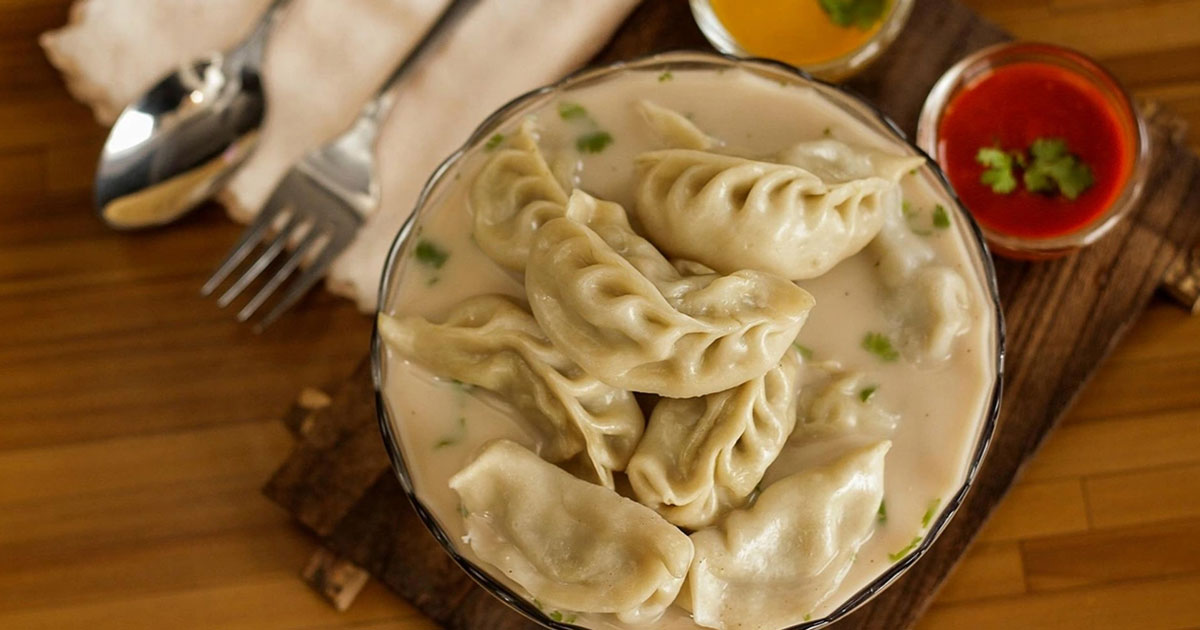
Porridge
- Oat porridge
- Cinnamon porridge
- Tsampa porridge
- Apple porridge
- Honey porridge
- Porridge with cinnamon and resins
- Muesli with hot milk
- Cornflakes with hot milk
- Rice pudding
- Chocolate pudding
Pasta and Macarons
- Cheese fried pasta
- Macaroni tomato sauce
- Macaroni ,tomato sauc,e with cheese
- Macaroni tomato sauce with tuna
- Macaroni with vegetables, cheese, and egg
- Pasta with cheese and tomato sauce
- Plain macaroni
- Veg fried pasta
- Veg-fried macaroni
- Veg-fried macaroni with cheese & eggs
- Veg-fried macaroni with cheese and tuna
- Veg-fried macaroni with tune
Hot Drinks
- Black Tea
- Milk Tea
- Lemon Tea
- Hot Lemon
- Milk Coffee
- Black Coffee
- Hot orange
- Hot Water
- Mint Tea
- Ginger Tea
- Hot Mango
- Fresh Filter Coffee
- Hot Chocolate
- Peppermint Tea
Soups
- Rara Noodle Soup
- Vegetable Soup
- Chicken Soup
- Tomato Soup
- Potato Soup
- Lentil Soup
- Sherpa Stew
- Local Noodle Soup
- Tomato Garlic Soup
- Garlic Noodle Soup
Here, we have a list of 13 foods you should not miss while you are in Nepal.
13 Foods You Shouldn’t Miss While in Nepal: A Culinary Journey through the Himalayas
Vegetarian vs. Non-Vegetarian Diet:
While both vegetarian and non-vegetarian foods are available in the Everest Region, it is strongly recommended that trekkers stick to a vegetarian diet. At high altitudes, digestion slows down, and eating heavy or fatty meats can cause discomfort or bloating. Also, it’s better to stick to plant-based food rather than animal-based food, as the rate of digestion is slower in colder regions.
Non-Vegetarian food in the Everest Region: Why is it not recommended?
In this land of soaring peaks, non-vegetarian fare is a gamble. No animals are slaughtered beyond Lukla. The Sagarmatha National Park forbids the slaughtering of animals. Instead, meat is carried from lower regions for days without proper preservation. What may appear as a tempting plate of chicken curry might have endured a treacherous journey. This increases the risk of contamination and foodborne illnesses.
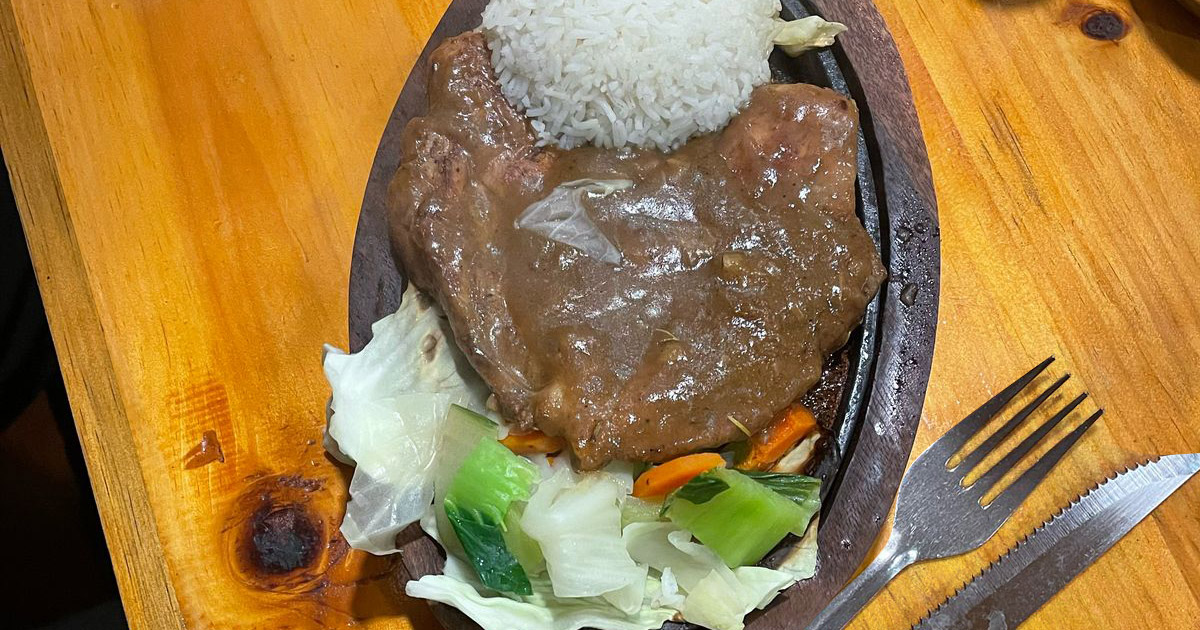
The Question of Water
The crystal-clear streams that weave through the mountains are deceiving; invisible within them lurk bacteria unfamiliar to a traveler’s stomach. Only boiled water or purified water should grace your lips. Avoid ice, avoid raw water, and carry purification tablets to ensure hydration without regret.
Water, Sanitation, and Nutrition in the Everest Region
One of the biggest concerns for trekkers is access to clean and safe drinking water. Since carrying bottled water up the trails increases plastic waste and costs significantly more at higher altitudes, trekkers are encouraged to:
- Use water purification tablets like the Aquatabs.
- Boiled water (teahouses charge a small amount for boiled water)
- Carrying your reusable water bottle with a filtration system.
What’s your role?
Whenever you are carrying plastic bottles, please consider the environmental impact. Be a responsible tourist and promote sustainable tourism.
Nepali Hospitality and the Warmth of the People
In Nepal, guests are regarded as gods, following the ancient saying “Atithi Devo Bhava” (Guests are divine). This belief is deeply embedded in our culture, and you will feel it the moment you step into a Nepali home or teahouse. Whether it’s offering you a cup of steaming butter tea in the mountains or inviting you to join a family meal, every interaction is infused with genuine warmth and care.
The Sherpa community, known for their resilience and kindness, welcomes trekkers into their homes and teahouses with open arms. The warmth and hospitality of the local people make trekking in Nepal a truly cherished experience. Nepalis greet each other with a heartfelt “Namaste” and a warm smile, reflecting their deep-rooted culture of respect and kindness.
Don’t be surprised if we insist on serving you extra portions of food; it’s our way of showing hospitality! In Nepal, ensuring that guests are well fed is a gesture of care and affection. So, take the food without hesitation and enjoy the warmth of Nepali generosity.
More Than Just a Meal—A Memory of Everest
Food in the Everest Region is more than sustenance; it is the lifeline of every trekker, the warmth against the biting cold, and the silent strength that carries one forward. Nutrition here is not just about calories but about resilience—grains for endurance, soups for acclimatization, and tea for comfort.
Beyond the nutritional value, food in the Himalayas is an experience: a story waiting to be told, a memory woven into the fabric of the journey. It is the taste of steaming Tibetan bread at sunrise, the laughter shared over a plate of momo, and the comforting sip of butter tea as prayer flags dance in the wind.
Devour the delicacy of mountains!
FAQs
Expand AllWhat kind of food is available in the Everest Region?
Daal Bhat is a popular food in Nepal. You’ll find a mix of local Nepali dishes, Tibetan foods (like momo and thukpa), and basic Western meals (pasta, pancakes, pizza, etc.) in teahouses along the trekking route.
Is vegetarian food available during the Everest Base Camp trek?
Yes, vegetarian food is widely available and highly recommended at higher altitudes. Since killing animals in the Sagarmatha National Park is prohibited, the meat brought from the lower regions may not be fresh due to a lack of refrigeration.
Are there vegan options available on the Everest trek?
Yes, many vegetarian dishes are naturally vegan, but you should clearly state your dietary needs. Avoid buttered items like Tibetan bread or cheese-based foods.
What traditional Nepali dishes can I try in the Everest Region?
You can try Dal Bhat (a mix of lentils, rice, vegetables, pickle), Gundruk (fermented leafy greens), Tibetan Bread, Tsampa porridge, Sherpa Stew, in the Everest Region
How is the food prepared in teahouses along the Everest trek?
Food is usually prepared using local ingredients and cooked fresh over gas or wood stoves. The menu is limited due to hurdles in the remote logistics.
Is the food in the Everest Region safe for foreigners?
We must say yes. Teahouses cater to international trekkers, so food is prepared hygienically. However, some trekkers might have allergies to some components of food and are advised to stick to freshly cooked meals and avoid raw items like salads.
How much does food cost on the Everest Base Camp trek?
As you move to a higher altitude, the cost of the food increases due to transport costs (by yak or porter).
Can I get Western food in the Everest Region?
Yes, almost all the teahouses offer pizzas, pancakes, burgers, pasta, eggs, sandwiches, and many more western foods. However, you can expect a difference in taste and quality.
What is Dal Bhat, and why is it popular among trekkers?
Daal Bhat power, 24 hours is a popular saying during trekking in Nepal. Dal Bhat is a traditional Nepali meal of rice, lentil soup, vegetables, and sometimes curry. It’s nutritious, filling, and often comes with free refills, making it a favorite among trekkers.
Can I drink the water in the Everest Region?
Tap water is not generally safer. Always drink boiled, filtered, or treated water. You can carry purification tablets like Aquatabs or a LifeStraw.
Are snacks and energy foods available on the trek?
Snacks like biscuits, energy bars, chocolates, and dry fruits are available in the trekking trails, but will be costlier than in Kathmandu. It’s a good idea to bring your supply from your country or buy it in Kathmandu.
Should I bring my own food while trekking in the Everest Region?
There are enough teahouses on the trekking routes of Everest Base Camp which will provide basic accommodation and food. It’s good to bring some high-calorie snacks, protein bars, or instant noodles.
Do teahouses offer breakfast, lunch, and dinner packages?
Yes, most teahouses provide a full-board package (3 meals a day), or you can pay separately as per your chosen meal. Package deals might save money in some cases.
Related blog posts
Discover a choice of tourist destinations loved by most of our visitors. Whether you're on a jungle safari to spot rare animals or walking through a world heritage site, these well-planned itineraries cover the major highlights of Nepal.

